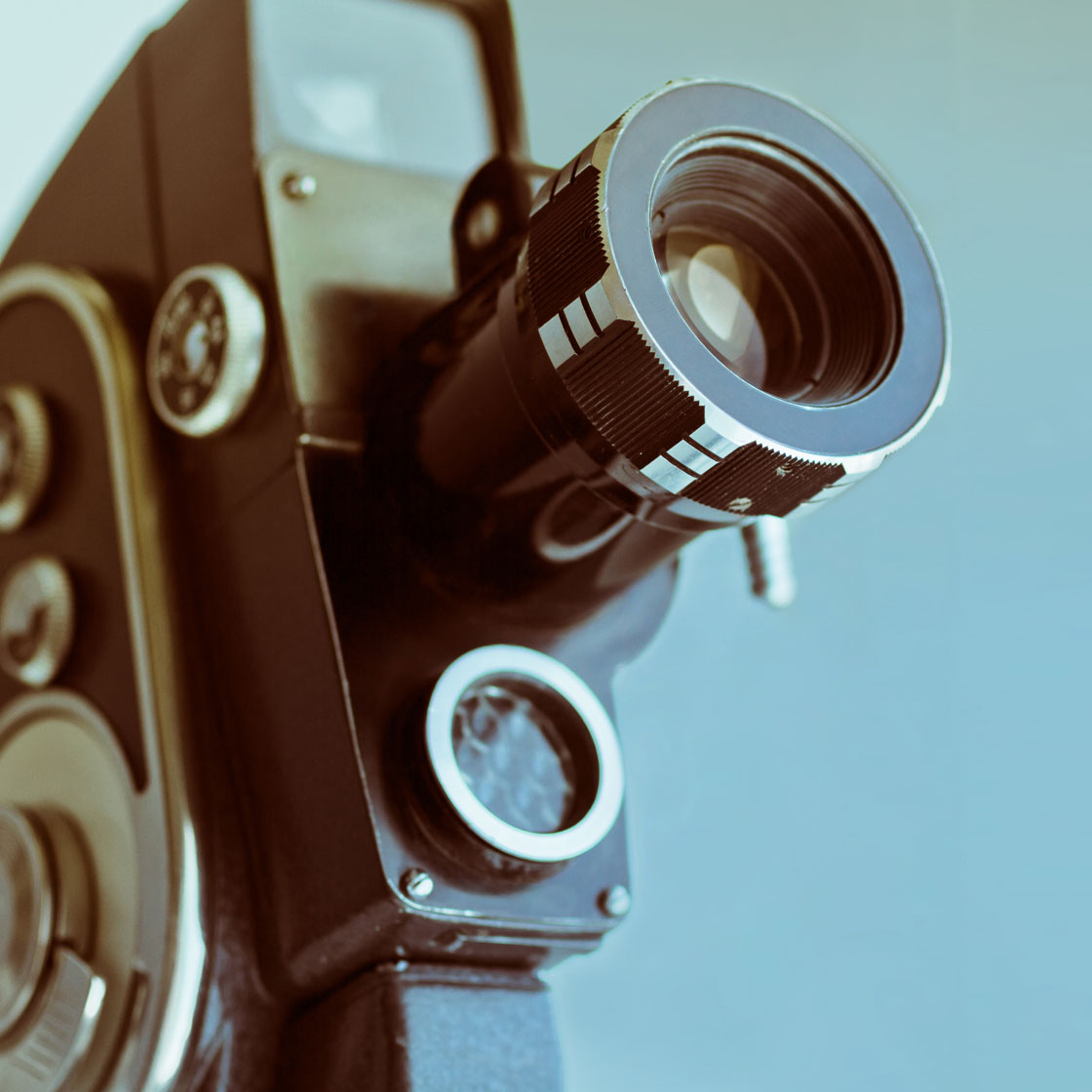
Winter Movie Mania
The Progress of Motion Pictures
Ever since their inception in the 1800s, motion pictures have been fascinating and entertaining all who have seen them. And, whether it was creating the illusion of movement, adding sound or color, or adding 3-D to the mix, one thing has stayed true—motion pictures have always been, and continue to be, on the cutting edge of technology and innovation.
Putting Motion in Pictures. In 1832, Europeans Joseph Plateau and Simon Stampfer each created a device that gave the illusion of motion by viewing rapidly moving pictures through a disc. By 1891, Thomas Edison introduced the kinetograph, the first motion picture camera, as well as the kinetoscope (a kinetograph with a peephole). Four years later, French brothers Auguste and Louis Lumiére created the cinematographe, a dual movie camera and projector, allowing moving images to be seen on a screen for the first time.
Park It Here. Eventually, movies needed venues at which to be seen. The first permanent commercial movie theater in the world is believed to be New Orleans' Vitascope Hall, which opened in 1896. Almost a decade later, Pittsburgh natives John P. Harris and Harry Davis opened the Nickelodeon, the forefather of the modern movie theater. Drive-ins? They didn’t roll in until 1933. Expanding the experience even further was IMAX; its first installation debuted in Toronto in 1971.
True Colors. In recent years, a startling discovery was made: British photographer Edward Turner's movie reels, which are believed to be the world's first colored motion picture film footage. He took them at the start of the twentieth century. The renowned Technicolor debuted in 1917 with the release of The Gulf Between, a movie shot using a two-color processing system. Technicolor's three-color system would soon become the industry standard.
A New Dimension. 3-D movies seem to have been around forever, but they may be even older than you think. In 1922, the first 3-D movie, The Power of Love, was screened for audiences in Los Angeles. With the advent of TV, Hollywood needed to be innovative, and 3-D movies were the answer, with Bwana Devil (1952), Man in the Dark (1953), and House of Wax (1953) leading the "3 dimension" movie craze. Though other attempts at 3-D proliferated through the century, it wasn't until James Cameron released Avatar in 2009 that the world witnessed never-before-seen lifelike 3-D technology—which helped it become the highest-grossing movie of all time.
Listen Up! In 1927, audiences were astounded by the first "talkie," The Jazz Singer. In 1971, a much different problem was resolved when A Clockwork Orange became the first motion picture to use Dolby noise reduction, minimizing background noise. In 1992, Batman Returns was the first film released in Dolby Digital 5.1.
Movies Get Animated. People often think of 1937's Snow White and the Seven Dwarfs as the first animated movie. However, the Guinness Book of World Records recognizes The Humpty Dumpty Circus, which debuted four decades earlier, as the oldest animated film.
Disney stayed on the forefront of animation innovation through the years, along with Pixar. In 1982, Disney dipped its toe into CGI with the groundbreaking movie TRON, the first large-scale film to use computer animation for entire scenes. Four years later, Pixar released Luxo Jr., a short film done entirely with computer animation—and the first of its kind to be nominated for an Academy Award. Next was Who Framed Roger Rabbit (1988), which set a new cinematic standard by combining live action and animation, and the groundbreaking Toy Story (1995), the first completely computer-generated film.
Up Next:
What Movie Personality Type Are You?
Show your love of movie history by sharing this rundown of movie innovations.

Posted in Article, February 2018 on Nov 20, 2017